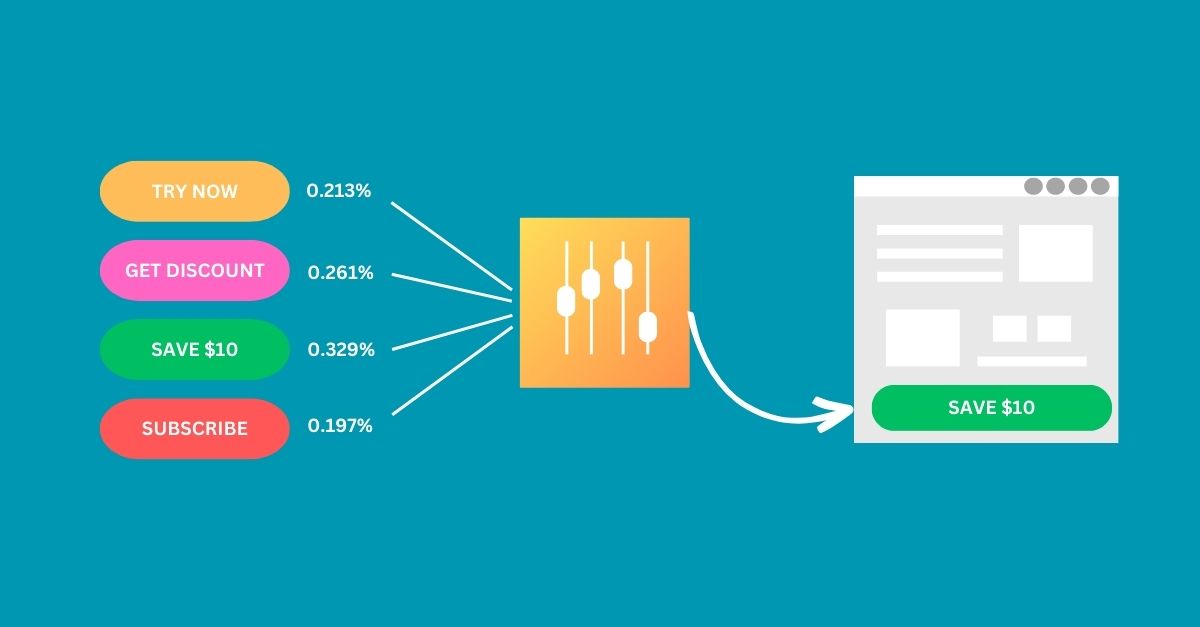
Introduction:
In the ever-evolving world of digital advertising, staying relevant and engaging with the audience has become a paramount challenge for marketers. Dynamic Creative Optimization (DCO) has emerged as a powerful solution to address this challenge. DCO leverages data and technology to create personalized and highly relevant ad experiences for individual users. In this blog, we'll dive deep into the world of DCO, exploring its benefits, how it works, and the best practices for successful implementation.
What is Dynamic Creative Optimization (DCO)?
Dynamic Creative Optimization (DCO) is an advanced advertising technique that tailors ad creatives in real-time based on user data and behavior. By combining data-driven insights and creative assets, DCO allows advertisers to deliver personalized and highly relevant ad experiences to each individual user, even within the same advertising campaign.
How DCO Works:
Let's break down how DCO works step by step:
1. Data Collection:
The foundation of DCO lies in data. Advertisers collect various data points about users from various sources, including their browsing behavior, demographic information, location, and past interactions with the brand. This data is crucial for understanding user preferences, interests, and behaviors, which will inform the personalization of the ad creatives.
2. Creative Asset Library:
In preparation for DCO, advertisers curate a library of diverse ad components. These creative assets include images, videos, headlines, copy variations, call-to-action buttons, and more. Each of these elements represents different variations of the ad that can be combined to create a unique and personalized ad experience for each user.
3. Decisioning Engine:
At the core of DCO is the decisioning engine. This is a sophisticated AI-driven system that processes the user data collected earlier and interprets the contextual information. The decisioning engine uses predefined rules, algorithms, and machine learning to analyze the data and understand each user's preferences and intent.
4. Real-Time Personalization:
As a user interacts with a webpage or app that hosts the advertising space, the decisioning engine springs into action. It dynamically selects the most relevant and suitable creative elements from the ad asset library based on the user's profile and current context. For example, if a user is browsing for running shoes, the decisioning engine may choose images of running shoes and tailor the ad copy to match the user's interest.
5. Ad Delivery:
Once the decisioning engine has made its selection, it assembles a personalized ad in real-time by combining the relevant creative elements. The dynamically created ad is then delivered to the user's screen, providing a unique and personalized advertising experience. This entire process happens within milliseconds, ensuring that the user receives the most relevant ad while they are actively engaging with the webpage or app.
DCO harnesses the power of data and AI-driven decision-making to create personalized ad experiences for users in real-time. By selecting and combining the most relevant creative elements based on user data and context, DCO enhances user engagement, improves ad performance, and increases the chances of driving conversions for advertisers. As technology continues to advance, DCO will likely play an increasingly crucial role in the future of programmatic advertising, catering to the individual needs and preferences of users in an ever-evolving digital landscape.
Benefits of Dynamic Creative Optimization:
Dynamic Creative Optimization (DCO) offers a wide range of benefits for advertisers, allowing them to create personalized and engaging ad experiences. Let's explore these benefits in detail:
1. Personalization:
DCO enables advertisers to deliver personalized ad experiences to individual users. By leveraging user data and context, DCO assembles ad creatives with relevant images, copy, and offers that align with the user's interests and preferences. Personalized ads create a stronger connection with users, making them more likely to engage with the ad and take desired actions, such as clicking on the ad or making a purchase.
2. Improved Performance:
Personalized ads generated through DCO have been shown to yield higher click-through rates (CTRs) and conversion rates compared to generic, one-size-fits-all ads. When users receive ads that resonate with their specific needs, they are more inclined to interact with the ad and convert into customers. Higher performance metrics translate to improved campaign effectiveness and a better return on ad spend (ROAS).
3. A/B Testing and Optimization:
DCO allows advertisers to conduct A/B testing on different ad components in real-time. Through A/B testing, advertisers can experiment with different creative elements, such as headlines, images, calls-to-action, and more, to determine which combinations drive the best results. This iterative testing and optimization process enable advertisers to fine-tune their ad creatives and maximize the impact of their campaigns.
4. Cost Efficiency:
Personalized ads delivered by DCO reduce ad waste by only showing relevant creatives to each user. Unlike traditional advertising, where a single ad is shown to a broad audience, DCO ensures that each impression is tailored to the user's interests. As a result, advertisers can allocate their ad budgets more efficiently, focusing on the audiences most likely to respond positively to their ads, and thereby saving costs.
5. Dynamic Retargeting:
DCO is particularly effective for retargeting campaigns. Retargeting aims to re-engage users who have previously interacted with the brand but did not convert. With DCO, advertisers can customize the ad creatives based on the user's past interactions, presenting them with personalized offers and reminders. Dynamic retargeting reinforces brand awareness and encourages users to return to complete their desired actions, leading to increased conversions.
Dynamic Creative Optimization (DCO) offers advertisers a powerful toolset to create personalized, relevant, and engaging ad experiences for users. The benefits of DCO, such as improved performance, cost efficiency, and dynamic retargeting, can lead to higher user engagement, better campaign outcomes, and a more impactful use of ad budgets. As the advertising landscape continues to evolve, DCO will remain a key strategy for advertisers seeking to connect with their target audience and drive meaningful results in the digital realm.
Best Practices for Implementing DCO:
Implementing Dynamic Creative Optimization (DCO) requires careful planning and execution to ensure its effectiveness in delivering personalized ad experiences. Here are the best practices for successfully implementing DCO:
1. Data Quality and Privacy Compliance:
Data is the foundation of DCO, and its accuracy and relevance are crucial to its success. Advertisers must ensure that the data used for DCO is up-to-date, reliable, and relevant to the campaign objectives. Additionally, it's essential to comply with privacy regulations and obtain user consent when collecting and using their data. Adhering to data privacy laws builds trust with users and protects their sensitive information.
2. Clear Objectives:
Before implementing DCO, define clear and specific campaign objectives. Whether the goal is to drive sales, increase brand awareness, or boost user engagement, the personalization strategies within DCO should align with these objectives. Understanding the desired outcomes helps tailor the ad creatives to the intended audience and measure the success of the campaign more effectively.
3. Creative Asset Variety:
To maximize personalization, advertisers should create a diverse library of creative assets. This includes different images, videos, headlines, copy variations, calls-to-action, and more. Having a wide range of creative elements allows the decisioning engine to select the most relevant combination for each user, ensuring that the ad resonates with their preferences and interests.
4. Real-Time Optimization:
DCO operates in real-time, and continuous optimization is essential for achieving the best results. Monitor the performance of personalized ads regularly and analyze key metrics such as CTRs, conversion rates, and engagement levels. Use the insights gained from real-time data to make necessary adjustments and optimize the ad creatives for better performance. Real-time optimization ensures that the campaign adapts to changing user behavior and maximizes its impact.
5. Contextual Relevance:
To enhance user experience and ad effectiveness, ensure that the dynamically generated ads align with the context of the webpage or app they appear on. The ad creatives should be contextually relevant to the content users are viewing, creating a seamless and integrated ad experience. Contextual relevance not only improves user engagement but also prevents ads from feeling intrusive or out of place.
Following these best practices when implementing Dynamic Creative Optimization (DCO) can significantly enhance the success of your personalized advertising campaigns. By focusing on data quality, clear objectives, creative asset variety, real-time optimization, and contextual relevance, advertisers can effectively leverage DCO to deliver highly engaging and personalized ad experiences to their target audience, driving better campaign performance and user engagement.
Conclusion:
Dynamic Creative Optimization (DCO) represents a powerful tool in the advertiser's arsenal, enabling personalized ad experiences that drive higher engagement and better campaign performance. By leveraging data-driven insights and real-time decision-making, DCO empowers advertisers to create meaningful connections with their audience, ultimately boosting brand loyalty and conversion rates.
